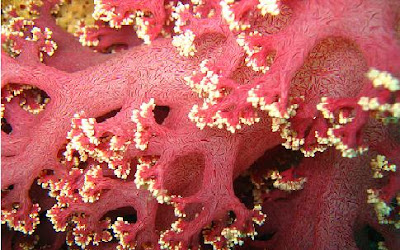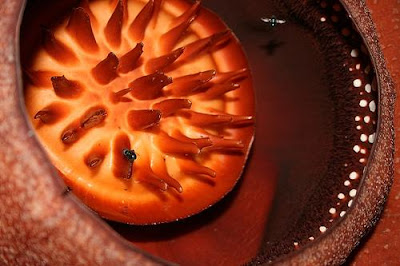Attractive scars that bring beauty to the earth!!!!!
Coral reefs are some of the beautiful under water structures. They cover 619000 sq. km of the earth surface.A coral reef takes 1000 of years to form. Coral have flourished and built reefs in shallow tropical seas for more than 440 million years. It is composed of living and dead skeleton. Coral reefs are teamed with different wild lifes.
Coral reefs are made up of many individual animals called coral polyps
They are primarily nocturnal. At night a coral polyp will stick its tentacles out of its vase and let the tentacles wave in the current. When plankton floats by they sting them with its tentacles and brings the plankton inside its shell to have for lunch.

 Giant Clam are the biggest living selfish. they grow upto 1m(3 feet) long and are inhabitated by symbiotic algae. A clam opens its shell to feed on its food which is generally plankton and closes it, if danger threatens.
Giant Clam are the biggest living selfish. they grow upto 1m(3 feet) long and are inhabitated by symbiotic algae. A clam opens its shell to feed on its food which is generally plankton and closes it, if danger threatens. Corals compete for light and food bearing currents. Coral reefs are home to all types of fish.
Corals compete for light and food bearing currents. Coral reefs are home to all types of fish. These reefs grow along coastlines.
These reefs grow along coastlines. Symbiotic algae live within corals and give them their bright colours.
Symbiotic algae live within corals and give them their bright colours.
Coral comes in all colours from red and yellow to blue and green, and grow in a variety of shapes and size including delicate fan corals, upright stag-horn corals and dome-shaped brain corals. Now, these attractive corals are under the serious threat from increased pollution.






















